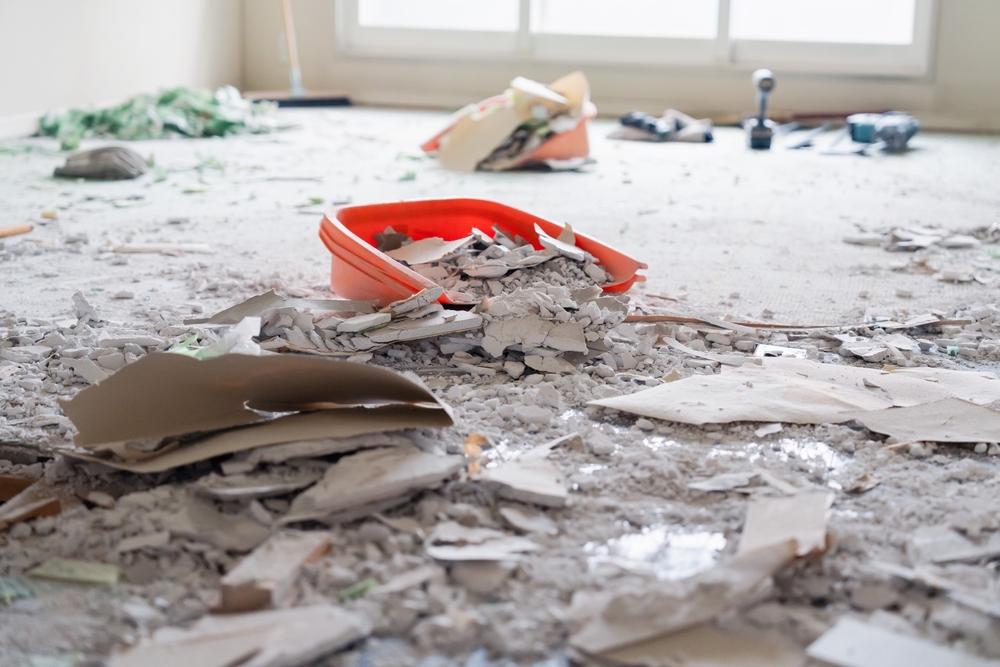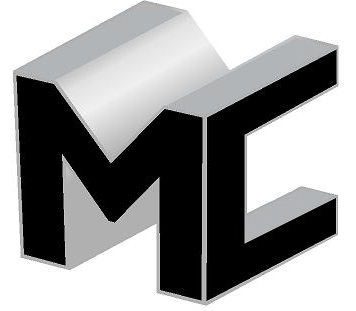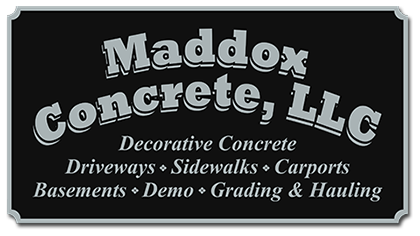
Concrete demolition is an essential yet hazardous part of any construction project. Whether you’re tearing down a concrete wall, floor, or foundation, it requires a thoughtful approach and careful execution. Proper concrete demolition ensures that the job is done safely, effectively, and with minimal environmental impact. Failing to plan appropriately, on the other hand, can result in costly delays, safety violations, and unnecessary injuries. In this post, we’ll walk you through the do’s and don’ts of concrete demolition, ensuring your project runs smoothly and efficiently.
Understanding the Scope and Planning Ahead
When embarking on any concrete demolition project, it is crucial to thoroughly assess the scope of the work. Concrete demolition might seem straightforward, but it involves much more than just breaking apart materials. Before starting, make sure you have a clear understanding of the area, the type of concrete you’re working with, and the potential hazards. Concrete demolition safety tips should be your top priority as improper preparation can lead to accidents or injury.
Start by reviewing the structural integrity of the concrete to be demolished. Are there any structural elements that need to be preserved? Are there utilities like water pipes or electrical wiring embedded within the concrete? These details may require special handling or precautions, such as marking out the areas where utilities are located to avoid damaging them. Additionally, take into account the building’s design, the surrounding environment, and the potential noise or dust generated by demolition.
Planning ahead also includes selecting the right tools and equipment. Heavy machinery such as jackhammers, bulldozers, and hydraulic splitters are common in concrete demolition, but they should be chosen based on the specific requirements of the project. This means knowing whether the concrete is reinforced, its thickness, and the location of the demolition.
Concrete Demolition Safety Measures
One of the most crucial aspects of any demolition project is ensuring the safety of the workers and the surrounding area. Concrete demolition safety tips should always include protective equipment, proper worksite organization, and adherence to safety protocols.
First and foremost, personal protective equipment (PPE) is essential. Workers should wear heavy-duty gloves, steel-toed boots, goggles, and ear protection to shield themselves from flying debris, excessive noise, and dust. Depending on the scope of the project, dust masks or respirators may also be necessary to protect workers from inhaling harmful particles. It’s important to regularly inspect this equipment and ensure that it is in good condition.
In addition to PPE, another safety measure is ensuring that the worksite is properly barricaded. Establish clear boundaries to keep unauthorized personnel away from the demolition area. Set up signage indicating potential hazards such as falling debris or vibrations, and ensure that all workers on site are trained in the appropriate safety protocols.
Moreover, understanding and following local regulations is critical. Many areas have specific laws regarding waste disposal, environmental impacts, and construction safety. Make sure that all necessary permits are acquired before beginning demolition and that you’re aware of any regulations concerning the disposal of concrete debris.
Tools and Techniques: Do’s and Don’ts
The choice of tools and demolition techniques directly impacts the efficiency and safety of the project. Concrete demolition mistakes to avoid often stem from using the wrong tools or misapplying demolition techniques. For example, using a hammer when a jackhammer is required can result in inefficiency and unnecessary risk to the worker.
One of the first things to keep in mind is the proper handling of demolition machinery. Larger equipment, such as concrete crushers or bulldozers, require skilled operators. Using these machines improperly not only reduces their effectiveness but also creates serious safety hazards. Always ensure that workers are adequately trained on the operation of these tools, and that they understand the safety mechanisms involved in their operation.
Additionally, when demolishing large structures, it’s crucial to control the speed and direction of the demolition. For example, removing concrete from walls or floors should be done in a manner that avoids causing unnecessary vibrations. Demolition should proceed in small, controlled sections, especially when dealing with structural elements that could pose a risk to the surrounding area if mishandled.
Another consideration is the proper disposal of demolition debris. Once the concrete is broken apart, there is often a significant amount of waste that must be dealt with. For environmental and legal reasons, this debris cannot simply be discarded in any location. Plan ahead by arranging for a proper disposal facility or recycling option. Many concrete materials can be recycled, so make sure you’re aware of any local facilities that accept demolition debris for recycling purposes.
Environmental Considerations: The Right Way to Dispose of Concrete
Environmental impacts should be considered during all phases of concrete demolition. Concrete, when improperly disposed of, can have a negative impact on the environment, particularly in terms of pollution. This is why it is important to understand the do’s and don’ts of concrete disposal.
On the positive side, concrete can be recycled into new aggregate material, reducing the need for raw materials and cutting down on waste. Before beginning demolition, check whether there are any recycling programs in your area that accept concrete debris. Recycling concrete helps minimize the environmental footprint of the project and keeps valuable resources from ending up in landfills.
However, improper disposal of concrete can lead to significant pollution. Concrete dust can pollute air quality, and any runoff of concrete slurry can contaminate water sources. One of the key concrete demolition mistakes to avoid is failing to manage dust and slurry runoff. Using water sprays or dust control systems to minimize airborne debris is important, as is ensuring that runoff does not enter storm drains or nearby water bodies.
Also, be mindful of hazardous materials that may be hidden within the concrete, such as asbestos or lead paint. Older buildings, particularly those constructed before the 1980s, may contain these materials, which pose a serious health risk when disturbed. If you suspect the presence of such substances, consult a professional before proceeding with the demolition. These materials may require specialized handling and disposal methods to ensure that they do not pose a danger to workers or the environment.
Common Concrete Demolition Mistakes to Avoid
There are several common mistakes that can sabotage an otherwise successful concrete demolition project. From improper planning to ignoring safety measures, these errors can lead to delays, injuries, and added expenses.
One of the most common concrete demolition mistakes to avoid is underestimating the complexity of the job. Many people believe that concrete demolition is simply a matter of breaking things apart. In reality, it involves detailed planning, the correct selection of equipment, and a strategic approach to ensure that the project is completed on time and within budget.
Another mistake is neglecting the importance of structural integrity. When demolishing parts of a structure, it is essential to understand how the demolition will affect the overall stability. For example, removing supporting walls or beams without proper planning can lead to a collapse or other safety hazards. Always consult with an engineer or a demolition specialist to ensure that the project is carried out in a safe manner.
Furthermore, neglecting to monitor the project’s progress regularly can lead to dangerous situations. Just because the demolition is progressing as planned doesn’t mean it is being carried out safely or efficiently. Regular inspection and assessment of the worksite, tools, and materials help identify any potential issues before they escalate into serious problems.
Lastly, always ensure that the demolition site is clear of unauthorized personnel and that there is a plan for managing the debris. Failing to create a safe perimeter or not having an adequate disposal plan can lead to unnecessary accidents, injuries, and environmental damage.
Conclusion
Proper concrete demolition requires knowledge, attention to detail, and the right approach to safety and environmental stewardship. By following the do’s and don’ts outlined above, you can ensure that your project will be completed successfully, safely, and with minimal negative impact. Whether you are a seasoned professional or a novice to the world of concrete demolition, remember that the right planning and precautions make all the difference in achieving a smooth and effective demolition process.
Need Concrete Contractors in Sanford, NC?
We are the area’s best concrete company. We specialize in concrete finishing of all types of concrete for residential and commercial customers. Our services include pavement, driveways, footings, sidewalks, decorative concrete, hauling, demolition, and property grading. We’re fully insured. Contact us today for quality workmanship and service.

